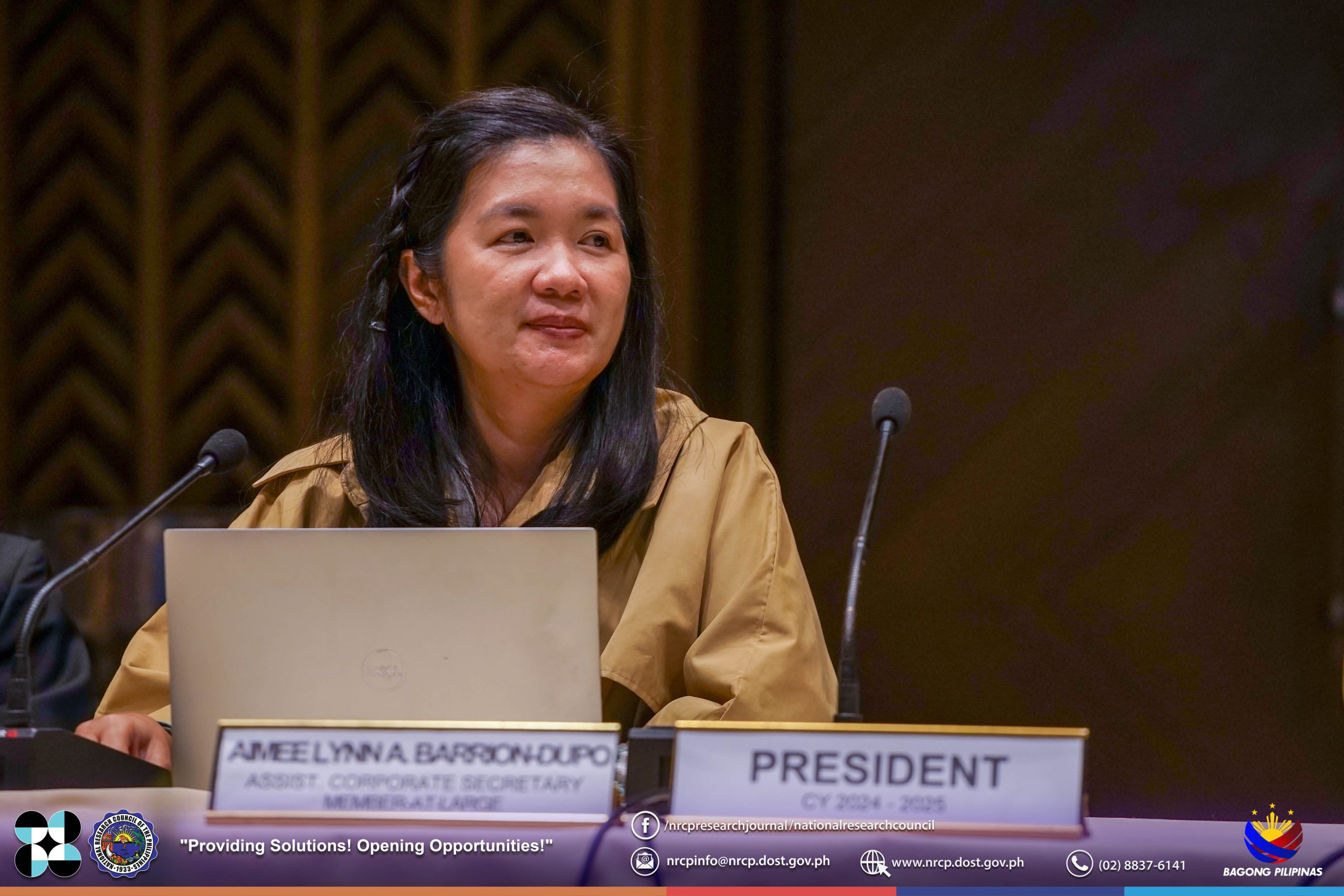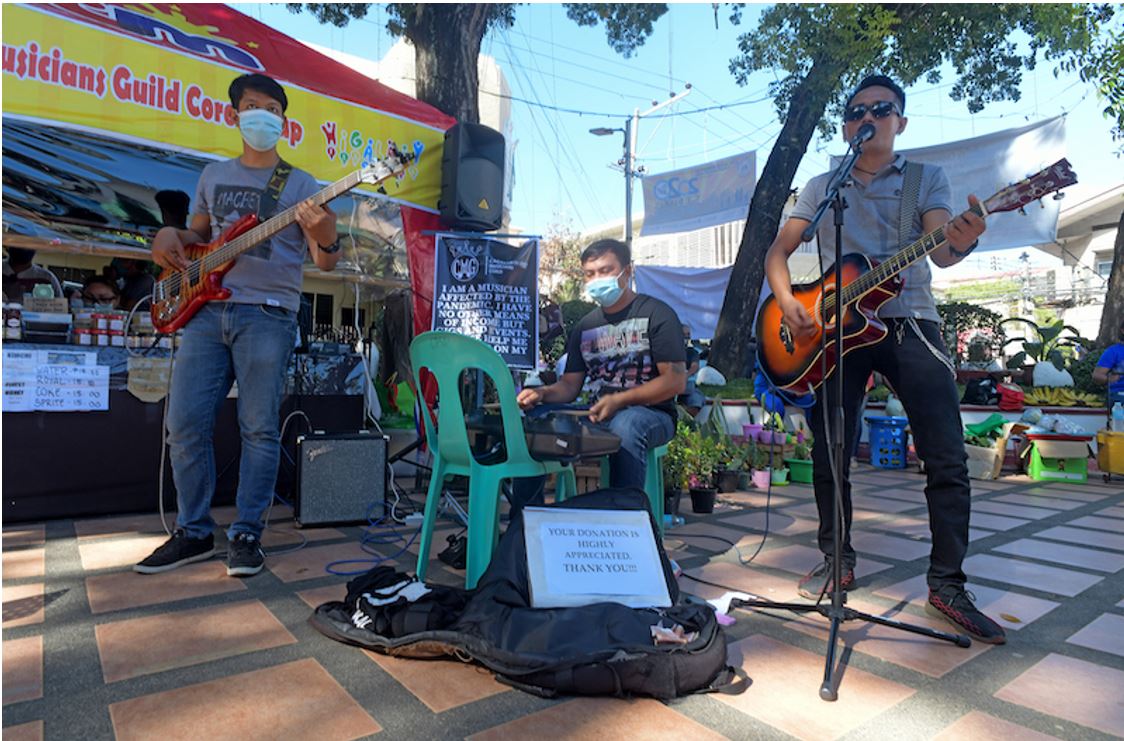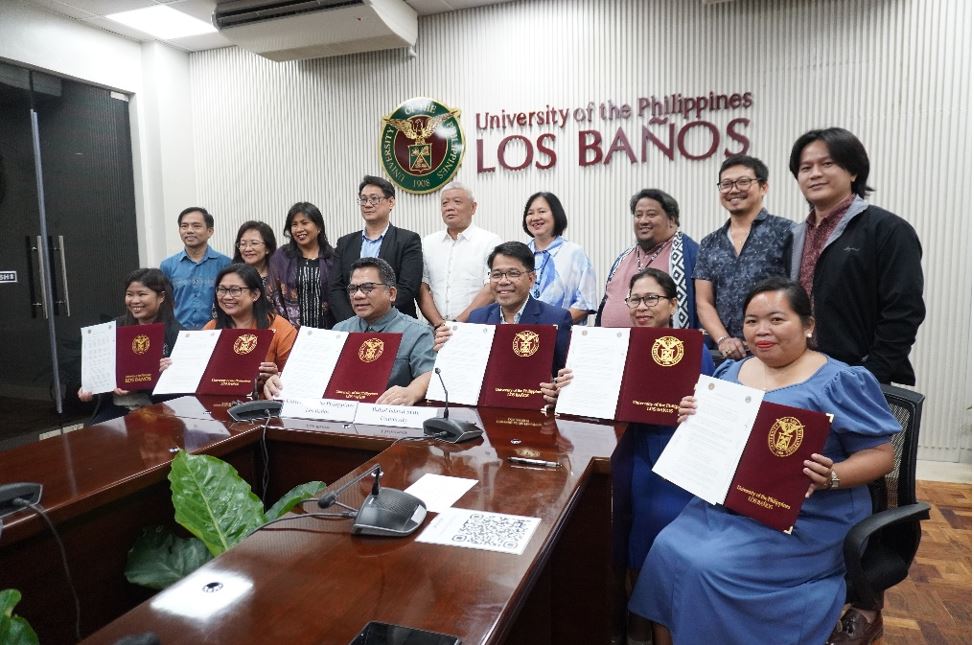Most Filipinos in the music industry earn less than P20,000
More than 50% of Filipinos employed in the music industry earn less than 20,000 pesos a month, which almost falls a little over the minimum wage in the National Capital Region.
This is according to a national music stakeholders survey conducted with 700 respondents and gathered data from focus group discussions with music stakeholders, music-related companies and organizations from different regions nationwide. The respondents come from diverse professions, businesses, and affiliations. The survey showed that 61.1% of Filipinos involved in music creation, production, distribution, and consumption are college degree holders and majority are freelancers. And most of the respondents said they had non-music-industry related income to support their living expenses.
“Local artists would always have to go through what we normally identify as “sariling sikap,” that is, without any government intervention and support in its music training, marketing and promotion,” recounts Maria Alexandra Chua, Project leader of the Department of Science and Technology-National Research Council of the Philippines’ (DOST-NRCP) funded project called Musika Pilipinas Project which analyzed the country’s music market, its vulnerabilities, and proposed key areas for improvement.
The time spent by Filipinos’ listening to music, at an average of 126 minutes or a little over two hours per day is known to be the longest in the world. Music is more than a means of entertainment – it is the people’s way to communicate feelings, resonate their stories, and build on their emotions.

Despite having the Philippine Creative Industries Development Act which promotes and supports the development of Philippine creative industries, music is not a stand-alone sector in its Council. Music industry in the Philippines was subsumed under performing arts and audiovisuals. Thus, the research mentions that there are problems of representation for the music industry members in policy discussions, as well as in identifying the economic contribution of this important sector to the Philippine creative economy.
Preliminary data from the Philippine Statistics Authority (PSA) showed that the gross value added (GVA) of the country’s creative industry-related activities expanded from P1.61 trillion in 2022 to P1.72 trillion in 2023. The music sector’s contribution to the creative industry is only 8.8% which amounts to P18.1 billion.
Chua calls for an urgent action to create a centralized music coordinating council that will handle the dynamics, concerns, strategic development plan and challenges faced by the Philippine music industry and its stakeholders.
“The lack of effective protection of the intellectual property rights of local artists is another crucial issue in this sector that needs to be addressed,” Chua said.
“The Philippine music industry should therefore be understood as those Filipino and non-Filipino individuals, groups, institutions, companies, and other stakeholders who engage in the entire process of the creation, production, distribution, and consumption of music within the Philippines. To put it simply, as long as they are creating, producing, reproducing, distributing, or consuming music within the Philippines or producing music while representing the Philippines and from whose activities the Philippine economy benefits (e.g., overseas Filipino musicians who send remittances), they are part of the music industry of this country,” explains Chua.
DOST-NRCP is an advisory body to the Philippine Government on matters of national interest. (Venus Abigail D. Gutierrez, S&T Media Service)


















